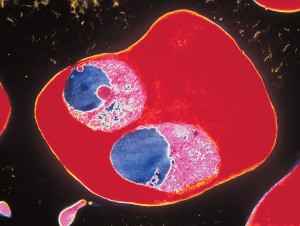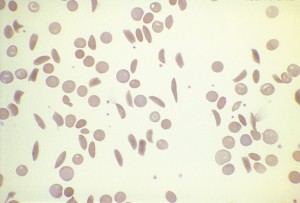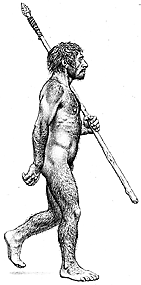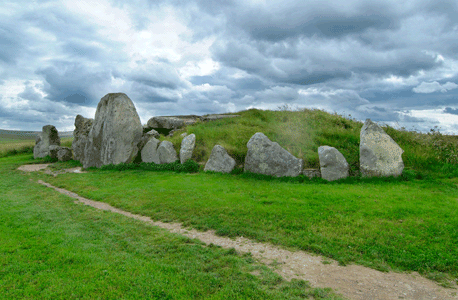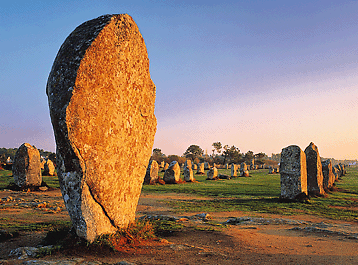Shifting White Sands Reveal Prehistoric Teenage Footprints
Thursday, September 30th, 2021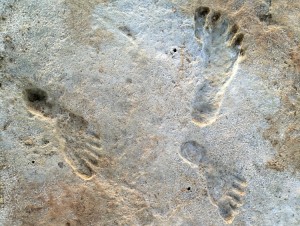
Fossilized human footprints that a White Sands National Park program manager first discovered.
Credit: © Dan Odess
Scientists in September 2021 announced the startling discovery of preserved ancient human footprints at Lake Otero, in White Sands National Park in New Mexico. The discovery confirms that people inhabited North America at the height of the last ice age. The archaeologists who excavated the footprints determined through Carbon 14 dating that a group of teenagers walked and ran along the shore of a shallow lake there between 21,000 and 23,000 years ago. The site is at least 5,000 years older than any other well-documented human occupation site in the Americas.
The footprints were discovered as archaeologists surveyed White Sands National Park, a region of wind-swept gypsum dunes that creep along Lake Otero, a dried-up alkaline lake. The shifting dunes sometimes reveal preserved footprints of prehistoric animals—including ground sloths and mammoths—that were laid down thousands of years ago. In 2018, the scientists discovered several sets of human footprints among the tracks of extinct ice age mammals. Many of the footprints are relatively small and likely made by teenagers as they ran and played on the ancient lakeshore. As scientists carefully excavated the fine layers of gypsum above and below the footprints, they recovered preserved seeds of an ancient grass sprinkled within various layers. Carbon 14 dates obtained from the seeds established the age of the tracks between 21,000 and 23,000 years old. This places them in a period known as the last glacial maximum, long before the North American ice sheets retreated. The astonishing dates were published in the journal Science.
For decades, archaeologists have debated when people first arrived in the Americas. Most agreed that it would have been difficult or impossible for people to migrate from Siberia to North America during the last ice age, before about 13,000 years ago. Vast ice sheets and glaciers covered much of northern North America, blocking entry. Once the ice sheets began to recede, people could migrate south into the Americas. Around this time, the Clovis culture, identified by distinctive stone spearheads found with the remains of extinct prehistoric animals, thrived in the Americas. Scientists long believed that the Clovis culture people were among the first to inhabit the Western Hemisphere.
However, a few archaeological sites have challenged this consensus view. One site is called Monte Verde, located at the southern tip of South America. There, stone tools and other remains show people occupied the site around 14,000 years ago, long before the Clovis culture thrived in North America. Archaeologists think people may have sailed in kayaks along the west coast of North and South America to reach the site, avoiding the ice sheets that covered much of the land.
Now, the Lake Otero site has been determined to be several thousand years older than Monte Verde. And, the footprints don’t just preserve a brief tourist visit. Archaeologists at Lake Otero excavated footprints from several distinct layers at the site, showing that people passed through the region frequently over a span of several thousand years. Archaeologists must now rethink their understanding of how and when people first arrived in the Americas.

